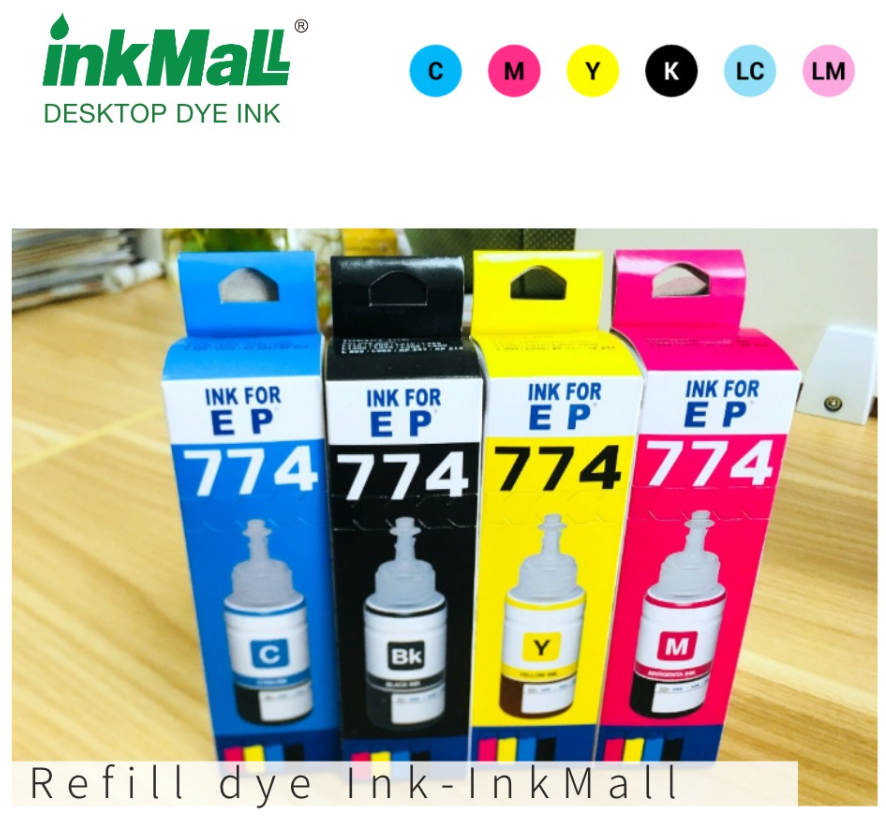Jun. 08, 2023
Packaging & Printing
When it comes to printing, selecting the right type of ink is crucial for achieving the desired results. One popular option is dye ink, known for its vibrant colors and affordability. However, like any printing material, dye ink has its own set of advantages and disadvantages. In this article, we will explore the pros and cons of universal dye ink to help you determine if it is the right choice for your printing projects.
Vibrant Colors: Dye ink is renowned for its ability to produce bright and vibrant colors. It can achieve a wide color gamut, making it ideal for applications that require vivid and eye-catching prints.
Excellent Color Blending: Dye ink has excellent color blending properties, allowing for smooth gradients and seamless color transitions. This makes it well-suited for printing photographs and images with intricate color variations.
Cost-Effective: Dye ink is generally more affordable compared to other types of inks, such as pigment or solvent-based inks. This makes it a popular choice for those who have high-volume printing needs or are on a tight budget.
Quick Drying: Dye ink typically dries quickly, which reduces the risk of smudging during printing. This feature is particularly advantageous when printing large quantities or time-sensitive materials.
Wide Application Range: Dye ink is compatible with a variety of printing materials, including various types of paper, fabrics, and certain synthetic materials. It can be used for a wide range of applications such as marketing materials, photography prints, and artistic projects.

Fading Over Time: One of the primary drawbacks of dye ink is its susceptibility to fading when exposed to sunlight or UV rays. Prints made with dye ink may gradually lose their vibrancy and fade over time, making them less suitable for long-term or archival applications.
Limited Water Resistance: Dye ink is generally less water-resistant compared to other inks, such as pigment ink. This means that prints made with dye ink may smudge or run if they come into contact with moisture or water. It is important to handle and protect dye ink prints accordingly.
Lower Longevity: Due to its fading and water resistance limitations, prints made with dye ink have a shorter lifespan compared to other types of inks. They may not be as suitable for applications that require long-lasting durability, such as outdoor signage or documents that need to withstand harsh conditions.
Compatibility Issues: Dye ink may not be compatible with all printer models. Some printers are specifically designed for use with pigment ink, and attempting to use dye ink in these printers can result in poor print quality or damage to the printer.
Supply Dye ink offers vibrant colors, excellent color blending, and affordability, making it a popular choice for many printing projects. It is particularly well-suited for applications that require high-quality, colorful prints with a limited lifespan. However, it is important to consider the limitations of dye ink, such as its tendency to fade over time and its limited water resistance. If your printing projects require long-lasting durability or resistance to environmental factors, alternative inks like pigment ink may be a more suitable choice. Assess your specific printing needs and weigh the pros and cons to make an informed decision on whether dye ink is the right choice for your printing projects.
If you are interested in sending in a Guest Blogger Submission,welcome to write for us!
All Comments ( 0 )